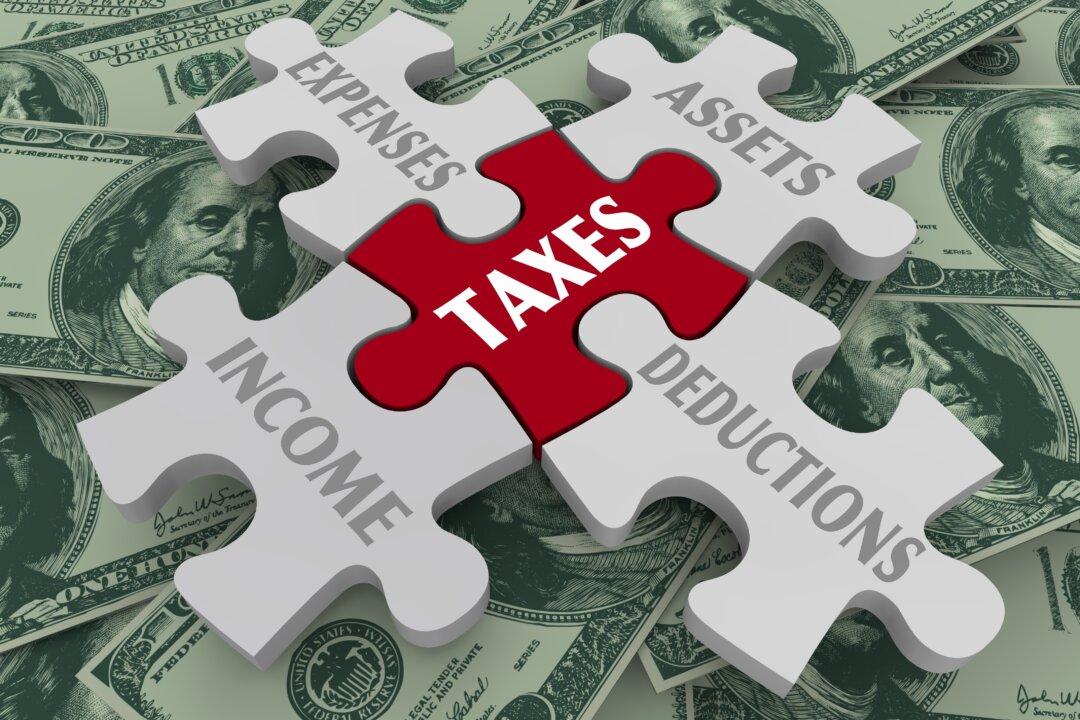Social Security benefits were designed to supplement our income needs in retirement by providing about 40 percent of what a retiree might need for a comfortable life based upon pre-retirement income.
Beyond Social Security, financial planners suggest we plan to depend upon 80 percent of what we were earning in the years leading up to retirement, on average. This retirement savings piece will be the 60 percent that, along with the 40 percent from Social Security, will get you where you want to be financially when you retire and enjoy perhaps the best part of life.






